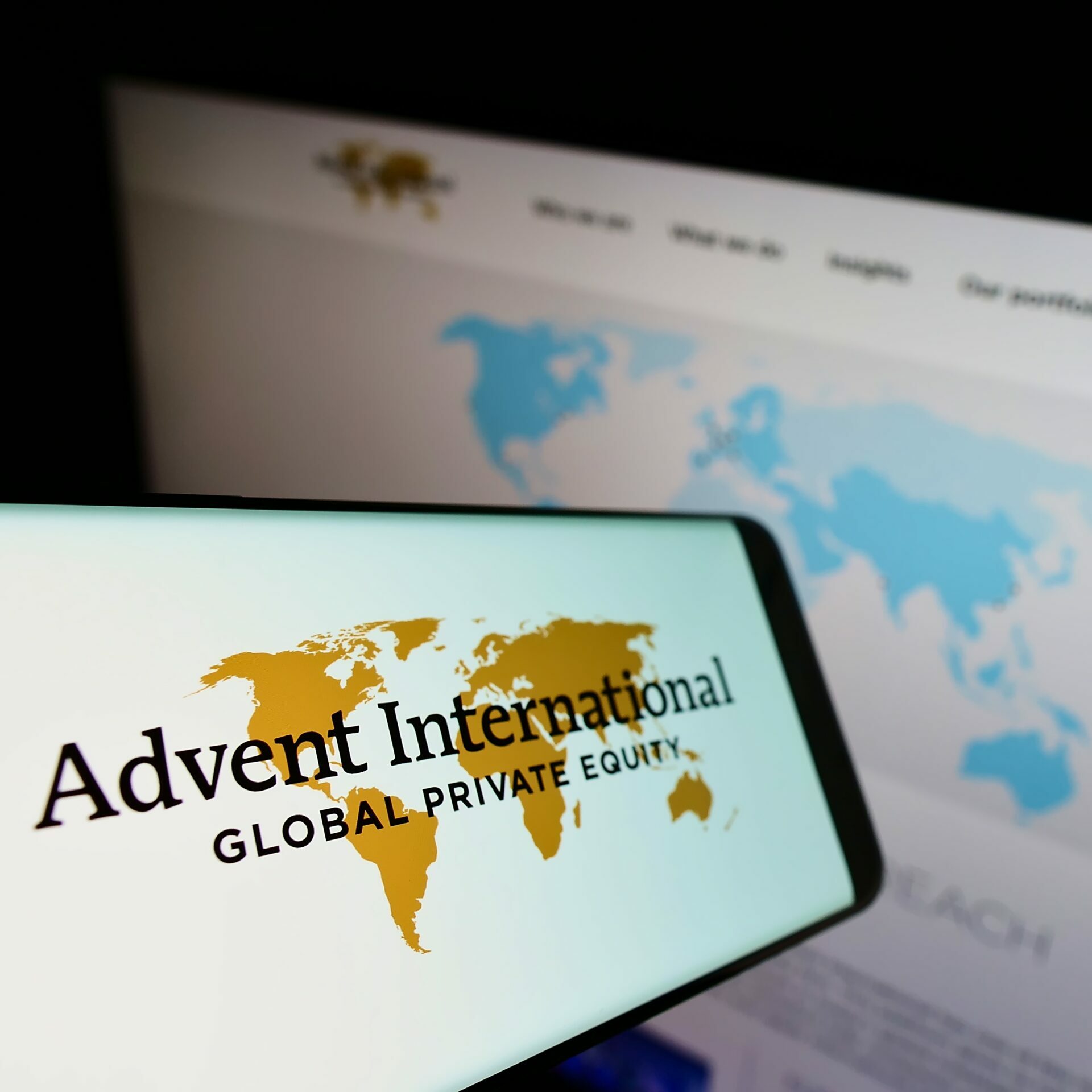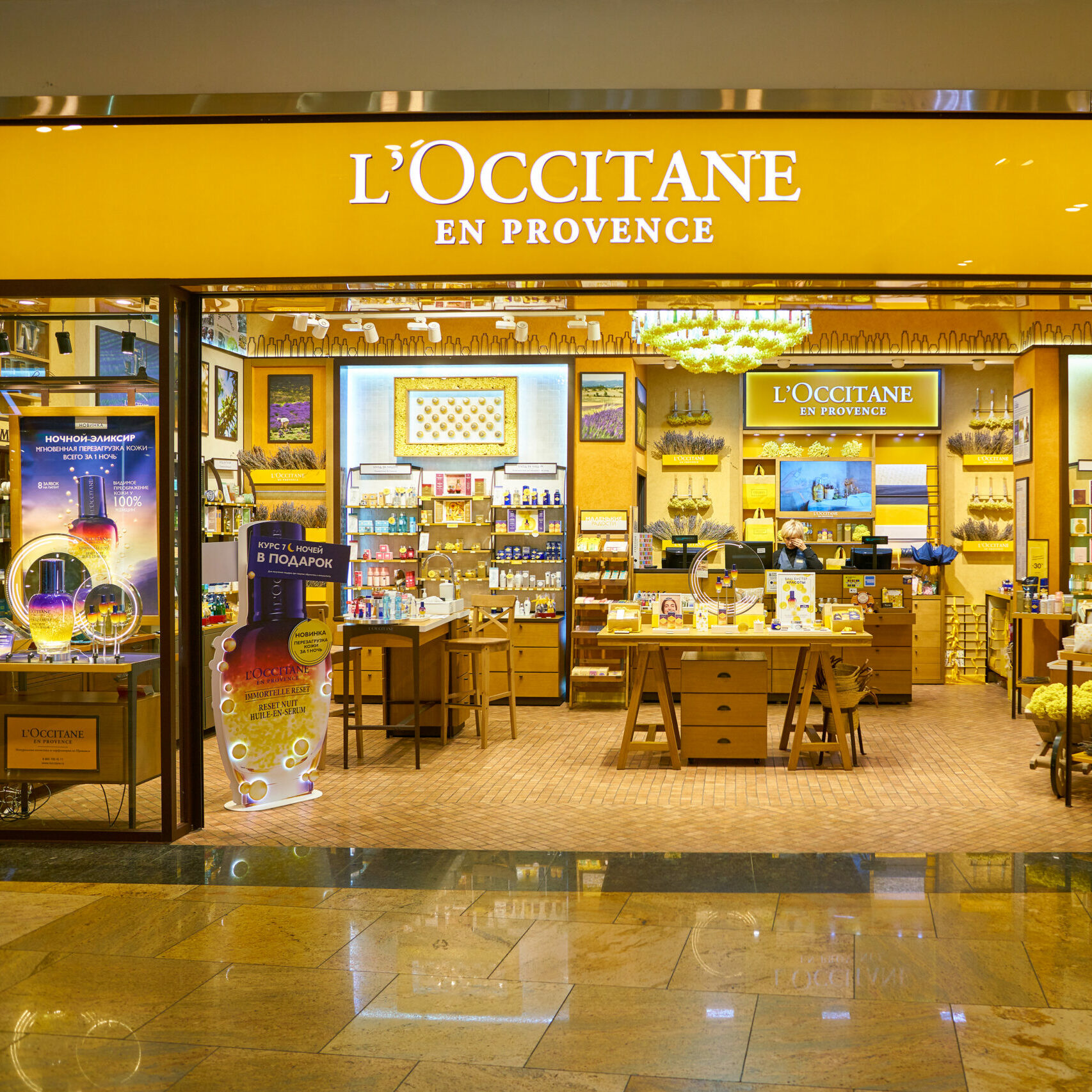Last month, Hedgeweek, in partnership with Intralinks, hosted a breakfast briefing in London to present the findings of a global LP survey that sought to determine investor sentiment towards GPs.
More than 140 LPs responded to the survey, of whom approximately 52 per cent were based in North America, 31 per cent in Europe and 15 per cent in Asia Pacific. Nearly one quarter (22 per cent) were public pension plans, 15 per cent were consultants and 13 per cent were either endowments or family offices.
Allocation insights
The breakfast briefing took the form a fireside discussion between James Williams, Managing Editor of Hedgeweek – the flagship title at Global Fund Media, the alternative investment industry’s leading purveyor of news and industry reports – and Meghan McAlpine, Director, Strategy & Product Marketing, Alternative Investments, Intralinks.
Intralinks is a leading financial services company with over USD31 trillion of transactions executed on its platform and over four million users. It has the largest community of GPs and LPs and is used by over 1,000 private equity, real estate and hedge funds on a daily basis. Over USD1 of every USD2 raised globally for private equity was facilitated using Intralinks for a total of USD317 billion in 2016 and 13 out of the 20 largest funds were raised on its platform.
From an asset allocation perspective, alternatives still remain a key component of LPs’ portfolios.
More than one third of investors confirmed that their current allocation was more than 30 per cent, with nearly two thirds confirming that they planned to increase their allocation to alternatives over the next 12 months by 1 to 10 per cent.
“That is encouraging news for fund managers looking to raise capital,” says McAlpine. “In addition to private equity and hedge funds, private debt is of particular interest to some LPs. For the most part LPs were broadly optimistic on their outlook for the next 12 months. That said, some were more cautiously optimistic, while others confirmed they were not looking to increase their allocations to alternatives for various reasons.”
Williams confirmed that when speaking to various LPs, broad sentiment seemed to lean more towards the illiquid end of the alternatives spectrum as investors seek to juice their returns on the back of muted hedge fund performance in recent years.
One LP had increased their allocation to alternatives to an aggregate level of 26 per cent. Williams quoted them as saying: “We increased our allocation to private equity from 6 per cent to 10 per cent, and we also rotated out of hedge funds into multi- asset funds.”
Another LP (specifically a US family office) said that whilst their overall allocation to hedge funds was “5 per cent higher than last year”, the central tenet of the investment strategy currently was geared towards private equity, specifically in the middle and small buy-out fund space.
“This particular LP told me that they had been growing their distressed allocation over the past four quarters and has a preference towards small buyout GPs today. They said that on the hedge fund side, they favour event-driven managers more than quantitative funds and CTAs.
“This is interesting as we’ve heard a lot of news coming out of the media this year on the rise of machine learning strategies, and why quantitative funds are becoming popular with investors. That may be the case but some family offices do not like black box strategies and are not looking to allocate capital to that part of the market,” said Williams.
He added that with respect to distressed assets, the US energy market was a “fertile area” for mid-market PE groups looking for higher yield opportunities, especially with respect to US power merchant companies, some of which are being bought for attractive discounts.
Transparency still falls short
Understanding transparency and the level of reporting that LPs are currently receiving from GPs was an important area of the survey. Over the years, transparency has long been a sticking point. While some GPs appear to have embraced transparency and what they are willing to share with investors more than others, there are still plenty of GPs who fail to meet LP expectations.
The survey found that only one in five LPs are satisfied with the level of transparency they are getting from managers.
“I think the scorecard assessment there really is one of ‘could do better’. However, I would caveat that by saying that the level of transparency does depend on the type of strategy. One would expect to receive greater transparency from a GP running a liquid hedge fund strategy compared to a multi- year real estate or infrastructure strategy,” commented Williams.
He illustrated the point by referring to a European fund-of-hedge-funds investor, who said: “Most of our GPs want to provide us with more communications than we even need. They’re quite focused about it. I think what they are trying to do is keep the consulting community happy. If they lose faith among that community, they are history.”
Over one quarter of LPs said that they were “somewhat” or “very dissatisfied” with the level of transparency they currently receive.
“I definitely think that more transparency does not necessarily need to mean more documentation and more data,” said McAlpine.
In her view, communication is key. GPs, she said, should level-set with investors from the beginning, so as to get an understanding of what they are looking for in terms of reporting. What types of data do they want? How frequently do they want it? What format do they want it in?
“I also think GPs need to think about standardisation of reporting. The ILPA templates that are out in the marketplace have become a big topic, especially in the US. I was quite surprised that only 30 per cent of LPs we surveyed are requesting GPs to send them ILPA templates. For emerging managers, if they are setting up a reporting programme from scratch it does make sense to follow the ILPA templates,” suggested McAlpine.
Even though only one in five LPs said they were satisfied with transparency, the survey found that more than 50 per cent confirmed that they had actually seen an increase in the amount of transparency over the last couple of years.
“That to me would suggest that the industry is still approaching this from a fairly low base,” remarked Williams. “A New York-based family office that is heavily invested in private equity told me that one area of transparency they would like to see improve is the use of capital call facilities used by GPs.
“They would like to know how much leverage the GPs they allocate to are using given that some managers are more aggressive at using capital call facilities than others.
“Ultimately, each LP is unique. A large institution is always going to want more information than a single family office. Regardless of the illiquidity of the fund, institutional investors increasingly want to review their portfolios in aggregate, across the liquidity spectrum.”
Treat every LP the same
Kevin D’Arcy is Partner and Head of Product Finance and Legal, Europa Capital. Based in London, Europa Capital is a real estate investment manager focused on the European markets. Europa Capital specialises in investment through both equity and debt strategies where they employ real estate asset management skills and experience gathered over its 22-year history to maximise value in all property classes across Europe.
Discussing the transparency issue, he referred to the importance it has when a GP is raising a new fund. With respect to documentation, D’Arcy confirms that Europa Capital incorporates the Most Favoured Nations concept into its partnership agreements.
“What that means is that every LP is treated the same,” said D’Arcy. “The only caveat to that is we do attach certain rights to commitment size eg advisory board membership, co-investment rights
and certain fee discounts. Once we get to the final close of a fund, we issue a compendium, which goes to all investors and they can tick which elements they would like to take out of that compendium.
“Secondly, we have to be very transparent on our track record. We engage with consultants (eg Aon Hewitt, Willis Towers Watson) and we provide full access to our fund models which contain actual and projected cashflows for investments, fund expenses, management fees and carried interest. This means they can re-calculate the performance numbers and it gives investors the ability to get external verification on our stated track record.”
To further emphasise the importance of this topic, the survey found that four out of 10 LPs said they would not invest in a fund if they had transparency concerns.
D’Arcy confirmed that investor sentiment towards how they underwrite a fund manager has changed in the last few years. Previously, he said, LPs would tend to focus their questions on the fund strategy, and where and how the GP was going to deploy the capital.
“Today, we see a lot more forensic analysis of not only the strategy but also our back-office procedures, our IT infrastructure and our compliance structure. You have to be transparent on what your processes are and what your overall governance framework is,” said D’Arcy.
He added that on the reporting side, technology advances have gone a long way towards improving transparency. But he concedes that for specialised investments, especially pan-European real estate, the ability to effectively mine data from different EU countries, where local investment partners might be using different IT systems and accounting models, remains a complex challenge.
At the breakfast event, McAlpine concluded the transparency point by emphasising the need for GPs to send information securely when reporting to investors.
“Today, we see a lot more forensic analysis of not only the strategy but also our back- office procedures, our IT infrastructure and our compliance structure. You have to be transparent on what your processes are and what your overall governance framework is.” Kevin D’Arcy, Europa Capital
“Some of this will be highly sensitive information. Therefore, having a tool in place where you can lock down and protect sensitive documents to avoid them falling into the wrong hands is really important and worth bearing in mind.
“The overall message is that transparency is something LPs are keen on and if done properly, it can give GPs a competitive advantage in the market,” suggested McAlpine.
Data privacy
With General Data Protection Regulation coming into effect in Europe next May, the survey asked investors how concerned they were with GPs handling their private data.
McAlpine said she was surprised that only 22 per cent of LPs were concerned over how their personal information was being handled.
“GDPR is important regulation for Europe but it will impact any global fund manager with European investors. I think one of the reasons for why the concern is low is perhaps because LPs have blind trust in their GPs,” suggested McAlpine.
It could also be a lack of knowledge about the regulation and knowing the right questions to ask.
“The way LPs approached the whole cybersecurity topic a few years ago was one of; do you have cybersecurity policies in place? Yes. Okay, check the box.
“Now, there’s definitely more granularity on cybersecurity when investors are doing their ODD on managers. I think it will become the same for data protection,” added McAlpine.
For GPs, especially those in Europe, GDPR is a key regulation and one that they have to take seriously as the financial fines for a data breach could be substantial.
More than that, said McAlpine, failure to comply with GDPR and adequately protect personal data could lead to significant reputational risk. “If there is a breach and it becomes public knowledge that could be extremely detrimental to one’s business. I think LPs are going to become more focused on this going forward,” she suggested.
With that in mind, GPs are minded to understand where they house all of the fund’s information across their service providers and do proper due diligence on them to ensure they have the proper security controls and processes in place. Any vendor that is not willing to open up the kimono should be viewed as a red flag.
D’Arcy explained that Europa Capital was using Cordium, the compliance consultancy group, and was currently “engaged with them on implementing the GDPR and MiFID II regulation projects”.
“In terms of GDPR, at the fund level we are not a heavy data user as such,” he told Williams. “We hold personal information around employees, investors and clearly we have policies and procedures on how to protect that data.
“We are also carefully considering what policies and procedures we need to put in place to make sure we fully satisfy the GDPR requirements with regards to the underlying investment companies that we manage.”
He added that given most of Europa Capital’s investors are non-EU, they had received a “limited number of questions” from them about GDPR.
“I think that in the future, LPs will receive some sort of annual certification from fund managers that they have policies and procedures in place to comply with GDPR,” suggested D’Arcy.
Allocation themes
The survey found that the top three sectors that are LPs are looking to invest in over the next 12 months are: Technology (50 per cent), Healthcare (48 per cent) and Infrastructure (44 per cent).
Some LPs said they were looking for GPs to take a multi-sector focus rather than put all of their eggs in one basket. A couple of other sectors that LPs mentioned that weren’t included in the overall survey results were private debt, distressed credit and industrials.
“With respect to Energy, some LPs are looking at investment opportunities in the US power merchant space where there are a lot of distressed assets following the collapse of the oil price. These are fertile areas for private equity managers,” said Williams.
In May 2016, Brookfield Asset Management of Canada raised an eye watering USD25 billion, including USD12 billion for its infrastructure fund and USD3.5 billion for its private fund.
“More recent examples include Blackstone Group LP and ArcLight Capital Partners LLC, who in September 2016 announced a joint venture to buy four power plants in the Midwest from American Electric Power Co for USD2.2 billion,” he added.
To underscore just how hard things have gotten for US merchant generators, consider Talen Energy Corp’s failure to raise USD500 million in the bond market a few months back. It managed to raise USD400 million, with the difference made up in bank loans.
Indeed, a recent study by Wilkinson Barker Knauer LLP and the Power Research Group found that the merchant power business model was distressed and headed for a “second round of bankruptcies”.
As LPs look more closely at the closed- ended market, what is becoming increasingly obvious is that the way they wish to allocate capital is changing.
Rather than merely invest in commingled funds, LPs are increasingly demanding co-investment opportunities. The survey found that 68 per cent of LPs think co-investing is important, AND that 60 per cent have increased direct investing.
“To my mind that means one thing: GPs cannot continue to keep on doing the same old thing. They need to be aware of the growing level of competition in the market, especially as more institutions look to do their own direct investments,” said Williams.
He referenced a Bloomberg article on 3 May 2017, which reported that approximately 81 per cent of family offices now have at least one full-time employee sourcing and evaluating direct investments.
One family office in Hong Kong has a team in the US whose job is to source and buy the next best disruptive technology firms. “They have engineers in Silicon Valley researching firms, and the mandate is simple: Find me the next Elon Musk. Direct investing is very much alive and kicking
and managers need to be aware of this,” added Williams.
McAlpine said that GPs need to be aware of how quickly LPs want to move. Can they get the due diligence done in a timely fashion once a GP presents them with a co-investment opportunity? “Having tools in place to manage the co-invest process can be helpful just to make sure the manager is providing it equally across their LP base,” suggested McAlpine.
Direct investing has its limits
To conclude, even though co-investing and direct investing are emerging as clear trends one shouldn’t get carried away.
Take real estate investing as an example. This is a highly specialised relationship-heavy business. GPs have extensive networks in local markets with boots on the ground and deep levels of experience.
Whilst it is conceivable that large institutional investors might succeed purchasing trophy assets in major cities like London and New York, to suggest that they will start competing with managers who specialise in value-add and opportunistic investments, which one can only buy off- market, is disingenuous.
“That is where we see the direct investing model being more challenging,” D’Arcy told Williams.
“Unless a foreign investor decides to either set up operations in their targeted EU countries or builds local networks, both of which take time to achieve, then it is difficult for them to access the breadth of investment opportunities across geographies and sectors that a specialist pan-European manager can generate. Alongside the mainstay of the funds that we manage, we also see co-investments and clubs as a good strategic option for our investors.”
The moment a large institution makes a mistake and one of these direct investments backfires, it could lead to a period of recalibration.
“Right now there is a sense of investors jumping on the bandwagon because they hear other LPs are direct investing. But do they have the expertise to do these investments? It’ll be interesting to see how this dynamic plays out over the coming years,” concluded Williams.






